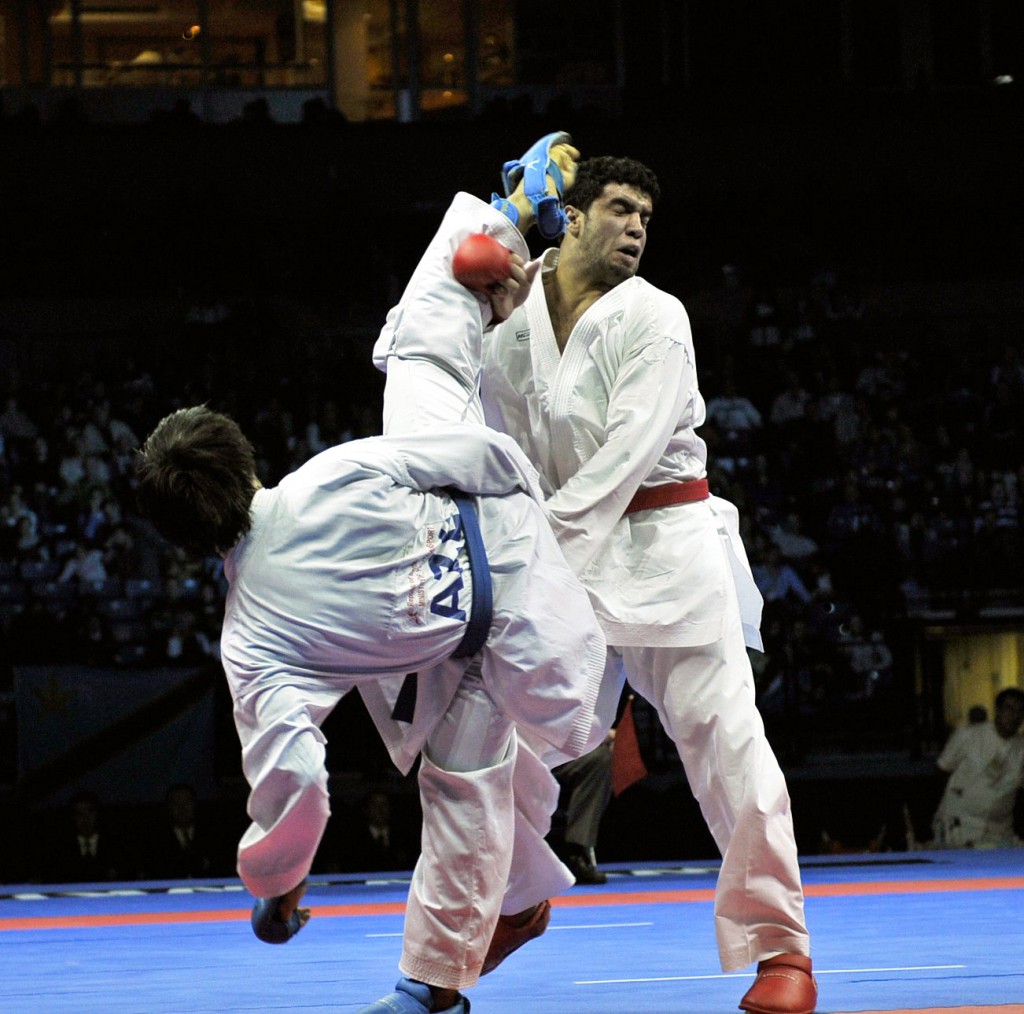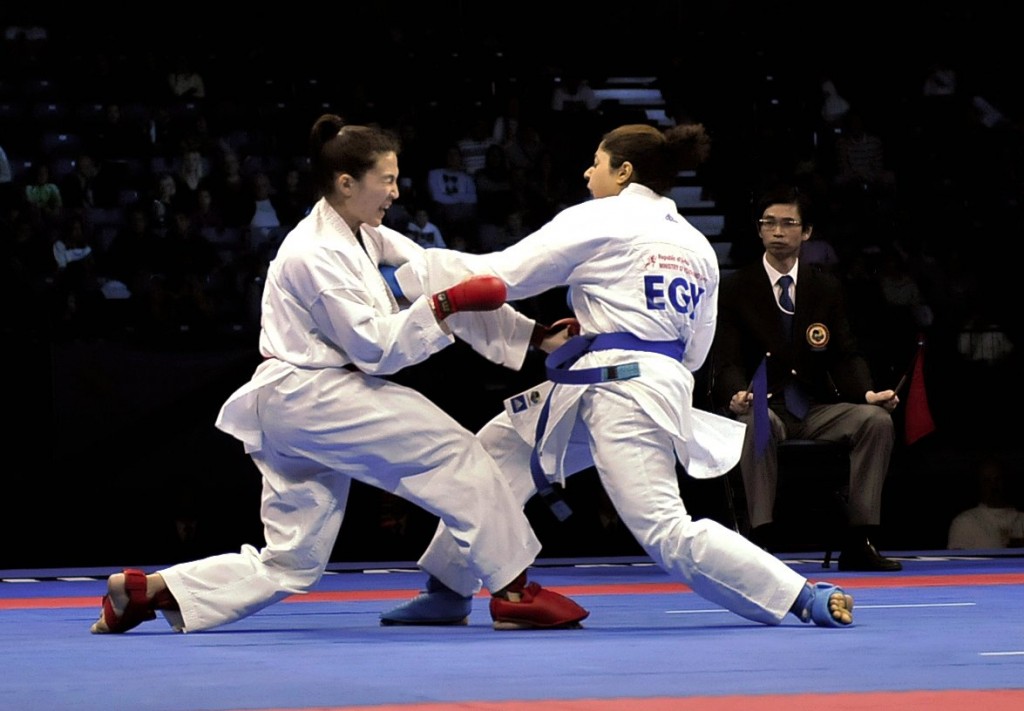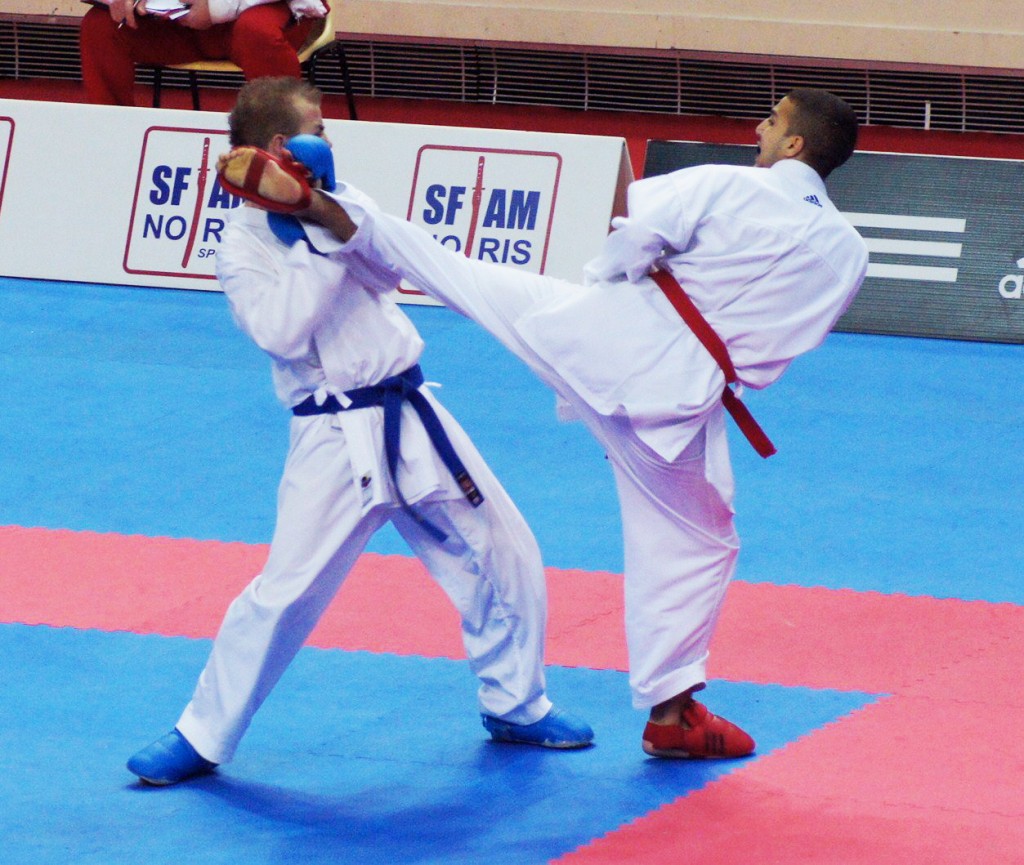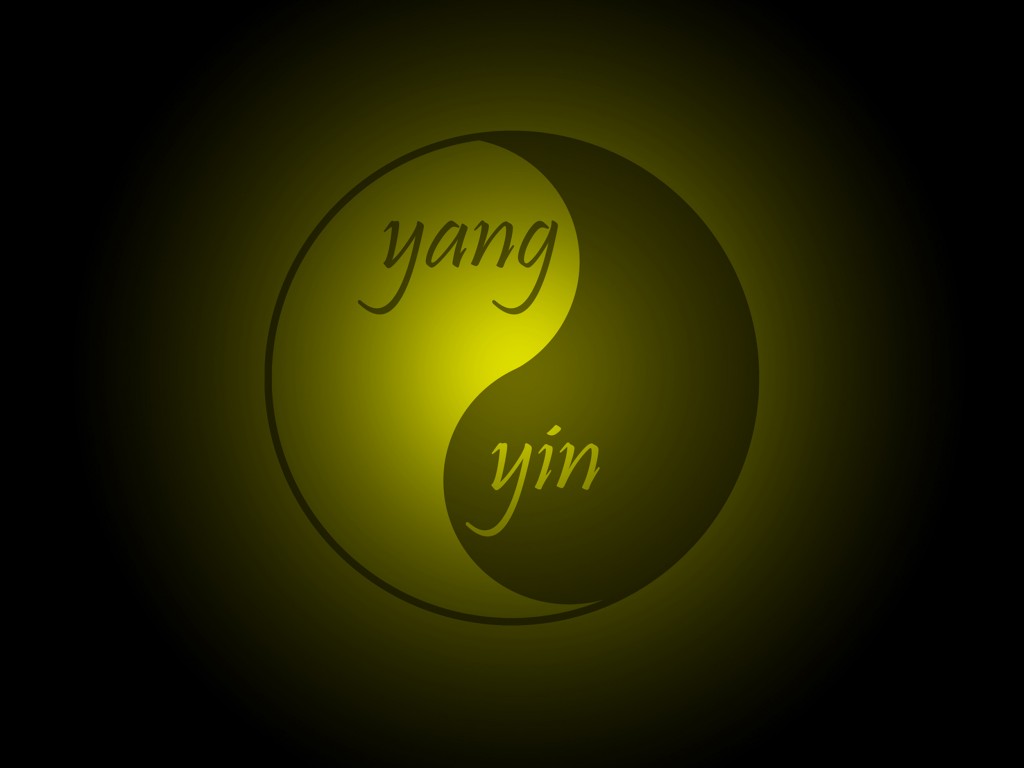Understanding the basics of kumite is primordial.
To score a point in competition, several criteria must be met :
- Good form
- Sportive attitude
- Good strength
- Zanshin (vigilance)
- Timing with opportunity
- Good distance
A technique without strength has no value. If done at the wrong time, wrong distance or without mental concentration, it cannot be effective.
High quality techniques
Technical quality must be high and should respect the principles of biomechanics to generate maximum power and speed. Of course, this power must be controlled to avoid contact. The attacker must demonstrate that the technique could create damage if conducted without restraint. To do so, the techniques must have the good ground support and the hand techniques must be powered by the hips.
Muscle relaxation and proper order of contraction of the muscle groups are important elements to generate the maximum force, increase the speed and reduce the physical effort during combat. A contracted muscle must first relax before contracting again to perform a movement in another direction. At all times, think about contracting only the muscle groups needed to perform the movement. Other muscles should be relaxed and ready to respond.
The trajectory of the strike. For a technique to be fast, it is necessary that the trajectory be in a straight line because it is the shortest distance between two points. By cons, to distract your opponent, you may want to take an unusual trajectory (see Feints).
Avoid unnecessary movements. All these movements must be eliminated. They can telegraph your technique to the opponent, create holes in your guard and make you waste time during your attack. You must carefully analyze your technique and try to remove all the unnecessary movements. Video analysis can allow you to be aware of these movements.
Speed and responsiveness
Responsiveness of an individual depend on the speed of nerve impulses flowing through his or her body. It is an interaction between motor neurons and the brain. To get a maximum speed reaction, it is necessary that all the links of the chain of transmission of nerve impulses work at maximum speed. The final speed depends on the weakest link.
Links involved in the chain:
- Afferent to the brain: the transfer of information from visual images to the brain.
- Efferent to the muscles: the commands sent from the brain to the muscles.
- Effectors: muscles performing the movement, whose speed depends on the quality of the muscle fibers.
Some people are naturally faster because of their nerve speed and muscular fiber quality. However, you can always improve your speed. You should work on all links in the chain reaction. Do not forget…in order to improve your speed, mind focus is key!
Constantly try to push your speed limit.
 Picture: Courtesy of M. Dick Grant, Rafael Aghayev
Picture: Courtesy of M. Dick Grant, Rafael Aghayev
Fluidity
Fluidity must be present in the attacks, as well as in blockages and body movements. Fluidity allows the sum of translation, rotation and vibration energies to get maximum power. In a jerky motion, energy is lost at each stop. Moreover, jerky blocking can cause an immediate response from the opponent feeling the aggression. A smooth blockage can allow you to counter more efficiently. During movement, fluidity reduces energy losses to the ground. It also reduces vulnerability by making shorter openings.
Fluidity relates to the circle.
In a circular motion, energy is never lost but constantly renewed.
« If your opponent attacks with fire, counter it with water, become completely fluid and flowing. By its nature, the water does not break, does not strike. Instead, it gently absorbs any aggression. »
Morihei Ueshiba
Kime
Kime is the focus of mental and physical energy in one point in space and time.
Kime provides maximum technical efficiency. To have a good kime, one must understand the timing relaxation-contraction, must support the proper breathing technique and great mental strength. All these components must be present in a fraction of a second, where the body, heart and spirit are one.
In kime, the body, heart and spirit are one.
 Picture: Courtesy of M. Dick Grant
Picture: Courtesy of M. Dick Grant
Kiai
Our vital energy can be released with more force if it is supported by a visceral cry from the belly. That is the kiai .
Imagine a serious accident occur to a loved one who is under a very heavy weight putting his life in danger. What happens when you try to lift the weight with all your strength? A cry emanates from deep within, allowing you to get every drop of energy to save your loved one. That’s what the kiai is all about.
A technique cannot be given in kumite if it is not supported by a strong will. The kiai shows your willingness to the referees.
 Picture: Karate Québec – Taken by Mme Joëlle Massy – Alexis Bordeleau
Picture: Karate Québec – Taken by Mme Joëlle Massy – Alexis Bordeleau
Kiai can also distract your opponent or demonstrate your superiority .
Avoid making a long kiai. The kiai must match the kime, which lasts only a fraction of a second. In addition, when a kiai lingers after the technique performed, the concentration dissipates and vulnerability increases.



 0
0